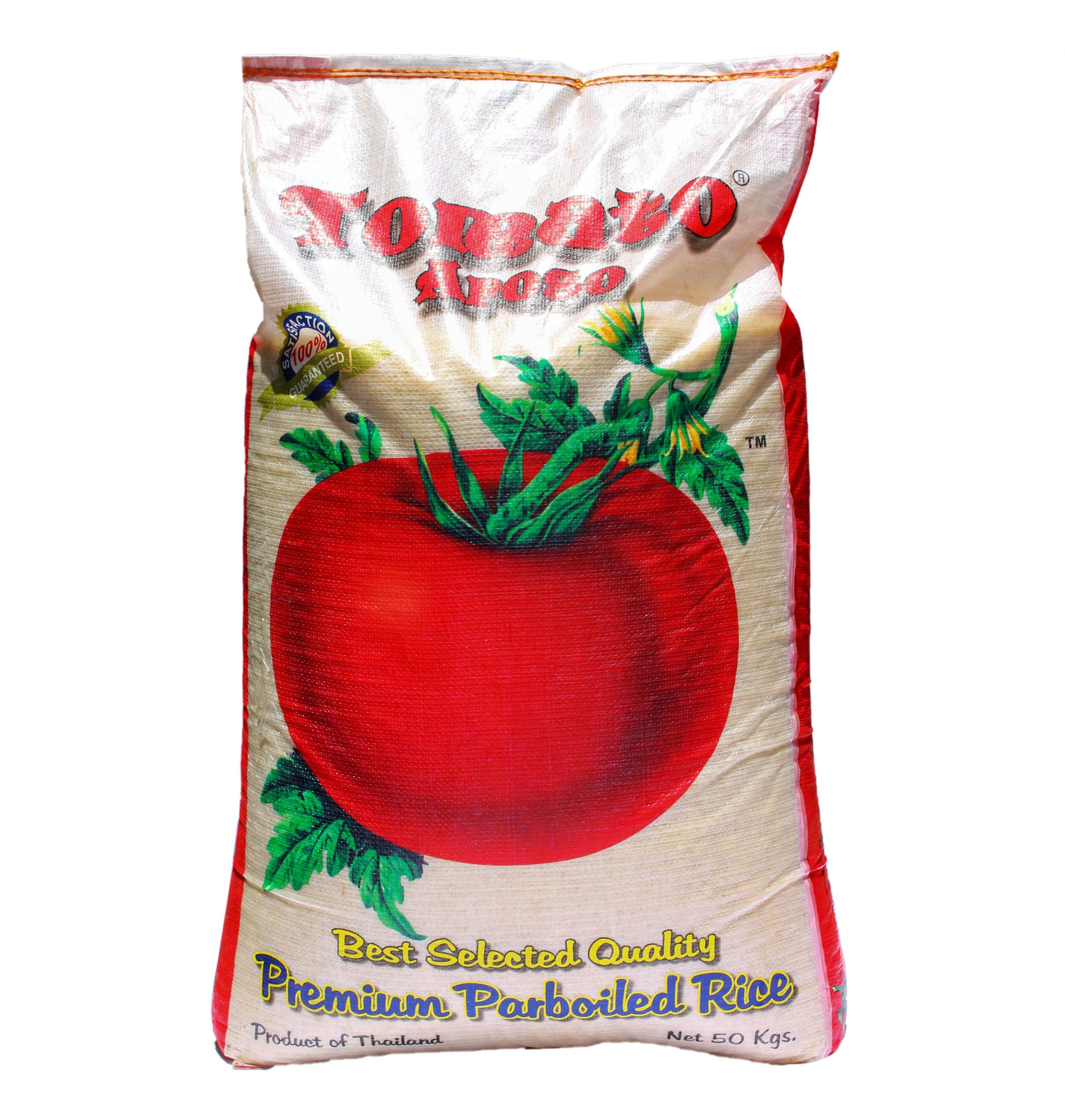Understanding Nigeria's Food Price Fluctuations

Market Trends: The Ups and Downs of Food Prices in Nigeria
Hey there, let's talk about what's been going on with food prices in Nigeria. Recent surveys and observations in the market have shown some pretty significant shifts. Some essential food items are seeing price drops, while others are climbing higher. It's a real rollercoaster ride in the food market here. The fluctuations we're witnessing highlight the complexity of Nigeria's agricultural and economic landscape. Let's dive into some of the specifics and see how these changes are impacting everyday life.
Rice: A Staple Dish with a Price Tag That Varies
Let's start with rice, a staple in many Nigerian households. The price of a 50kg bag of rice can range dramatically depending on where you are and the quality of the rice. You might find it as low as ₦62,000 or as high as ₦120,000. That’s a huge difference, right? This variation reflects the diverse economic conditions across different regions in Nigeria. It's not just about the price; it's about accessibility and quality too. People are having to make tough choices about what they can afford to put on their tables.
Tomatoes: Seasonal Swings and Price Fluctuations
Tomatoes are another essential in Nigerian cooking, but their prices are anything but stable. A small basket typically goes for around ₦3,500, but don't be surprised if you see it jump to anywhere between ₦8,000 and ₦9,000. What's driving these changes? Well, it's largely due to seasonality and regional availability. When tomatoes are in season, prices tend to drop, but when they're scarce, they skyrocket. It's a game of supply and demand that affects every household.
Read also:Online Vs Landbased Casinos A Modern Perspective
Yams: A Reliable Favorite with a Rising Cost
Yams, a beloved Nigerian staple, are also seeing price hikes. If you're in markets like Abuja or Onitsha, a large tuber is now going for approximately ₦2,500. That's a noticeable increase from previous years. This rise in price is not just a number on a board; it affects how families budget their meals. For many, yams are a comfort food, but as prices go up, it becomes a luxury they may have to reconsider.
Garri: A Comforting Drop in Prices
Now, let's talk about garri, the cassava granules that are a comfort food for many Nigerians. The current price for a 60kg bag is about ₦37,500, which is actually a decrease from what we've seen in the past. This is good news for those who rely heavily on garri as a part of their daily diet. It's a small victory in the midst of fluctuating prices, showing that not everything is moving in the wrong direction.
Chicken and Beef: Protein Prices Vary by Region
When it comes to proteins like chicken and beef, prices can vary significantly depending on where you are. Chicken, for instance, is currently priced at about ₦4,000 per kilogram, but this can change based on regional factors. Beef, on the other hand, averages around ₦6,000 per kilogram for boneless cuts, though again, prices differ across markets. The availability of these proteins is crucial for balanced diets, and their fluctuating prices affect nutritional choices for many families.
So, there you have it—a snapshot of what's happening with food prices in Nigeria. It's a complex picture, influenced by a variety of factors including climate change, global events like the Ukraine war, and local supply chains. As we continue to navigate these changes, it's important for us to stay informed and find ways to adapt. After all, food is not just about sustenance; it's about culture, community, and the everyday lives of Nigerians.
Moses Simon Nominated For Best African Player Award In France
US Senator Breaks Senate Record With 25-Hour Speech Against Trump's Policies
Tinubu's Move: A Necessary Step Towards Peace In Rivers State

